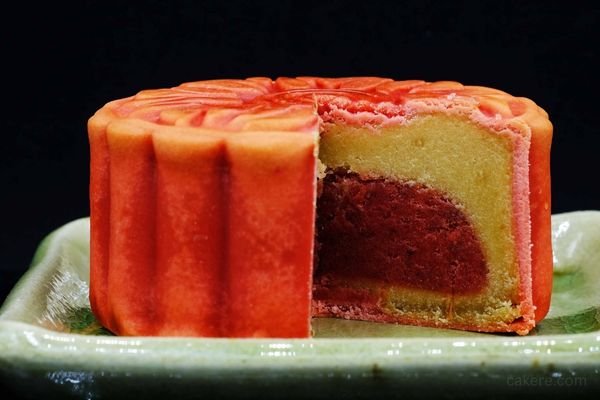Mooncake Cake is a traditional Chinese pastry that has become synonymous with the Mid-Autumn Festival, a popular celebration that falls on the 15th day of the 8th lunar month.
This sweet delicacy, with its distinctive round shape and ornate designs, has been an integral part of Chinese culture for centuries, and it continues to hold a special place in the hearts and palates of people across the world.
In this article, we will explore the rich history of Mooncake Cake, from its origins in ancient China to its modern-day variations and adaptations. We will delve into the symbolism, ingredients, and preparation methods that make Mooncake Cake a unique and cherished dessert.

- Origins of Mooncake Cake
- Symbolism of Mooncake Cake
- Traditional Ingredients and Preparation
- Regional Variations of Mooncake Cake
- Modern-Day Mooncake Cake
- Frequently Asked Questions (FAQs)
- Conclusion
Origins of Mooncake Cake:
The origins of Mooncake Cake can be traced back to the Tang Dynasty (618-907 AD), a period of Chinese history known for its cultural and artistic achievements. Mooncake Cake was initially created as a tribute to the moon goddess Chang’e, who was believed to have lived on the moon.
According to legend, a group of rebel leaders in the late Tang Dynasty used Mooncake Cake to smuggle secret messages to their allies during a revolt against the ruling government. The cakes were inscribed with messages hidden inside, and the rebels used the Mid-Autumn Festival as a cover for their activities.
Symbolism of Mooncake Cake:
Mooncake Cake is steeped in symbolism, and each element of the pastry has a special meaning. The round shape of the cake represents unity and completeness, while the filling, which is usually made of lotus seed paste or sweet bean paste, symbolizes harmony and the sweetness of life.
The elaborate designs on the top of the cake, which are created using a mold or hand-carved, represent various themes and motifs, such as the moon, flowers, and the Chinese characters for longevity and good fortune.
Traditional Ingredients and Preparation:
Mooncake Cake is made from a blend of flour, sugar, oil, and water, which are mixed together to form a smooth dough. The dough is then rolled out and filled with a sweet or savory filling, such as lotus seed paste, sweet bean paste, or minced meat.
The cakes are then baked in an oven until they turn golden brown and develop a crispy exterior. Some variations of Mooncake Cake are steamed instead of baked, and others are fried for a crispy texture.
Regional Variations of Mooncake Cake:
Mooncake Cake has many regional variations across China and other parts of Asia, each with its unique ingredients and preparation methods. For example, the Cantonese-style Mooncake Cake, which is popular in Southern China, is made with a flaky pastry shell and a sweet lotus seed paste filling.
The Suzhou-style Mooncake Cake, on the other hand, is known for its thin and delicate pastry crust and is often filled with savory ingredients, such as minced pork and salted egg yolk. Other regional variations include the Beijing-style Mooncake Cake, which is filled with a rich red bean paste, and the Taiwanese-style Mooncake Cake, which features a soft and chewy pastry shell.
Modern-Day Mooncake Cake:
Today, Mooncake Cake has evolved into a global delicacy that is enjoyed by people of all cultures and backgrounds
FAQs
Mooncake Cake is an integral part of the Mid-Autumn Festival, as it symbolizes the reunion of families and friends. During the festival, people exchange Mooncake Cakes as gifts and gather together to admire the full moon.
Lotus seed paste and sweet bean paste are the most popular flavors of Mooncake Cake, but there are also many other flavors, such as pineapple, chocolate, and durian.
Yes, there are vegan and vegetarian versions of Mooncake Cake that do not contain eggs or dairy.
Mooncake Cake can be stored for several weeks at room temperature, but it should be kept in an airtight container to prevent it from drying out.
Conclusion
Mooncake Cake is more than just a dessert; it is a symbol of Chinese culture and tradition that has been passed down through generations. Its unique shape, flavors, and designs reflect the diversity and richness of Chinese cuisine and artistic expression.
